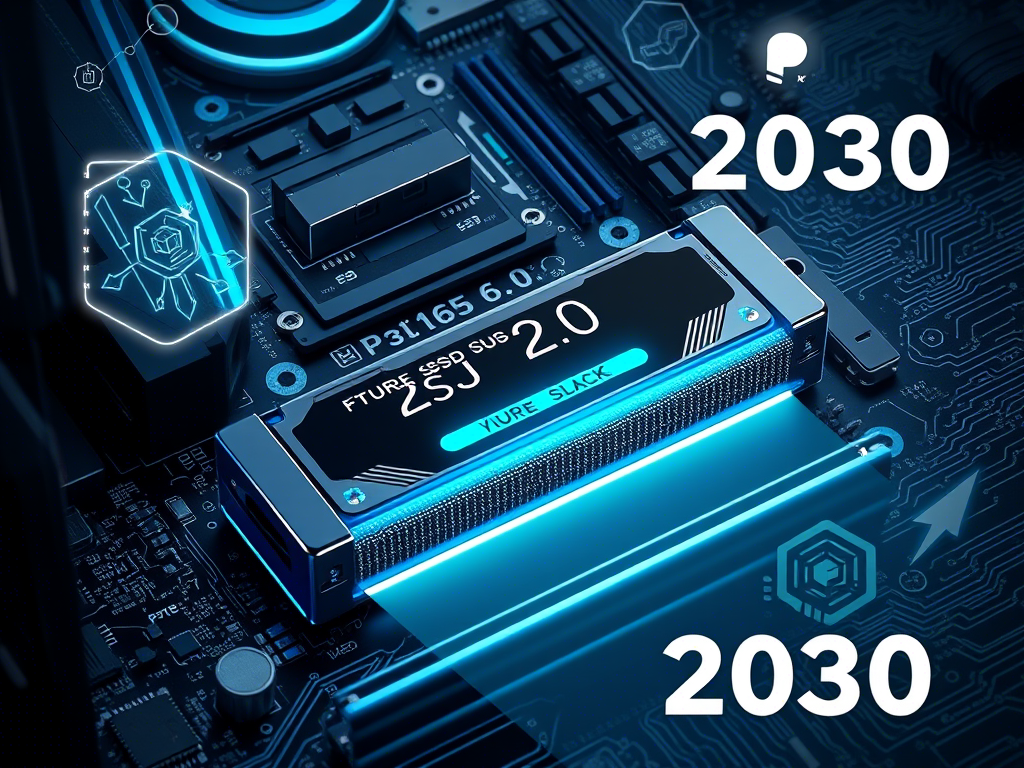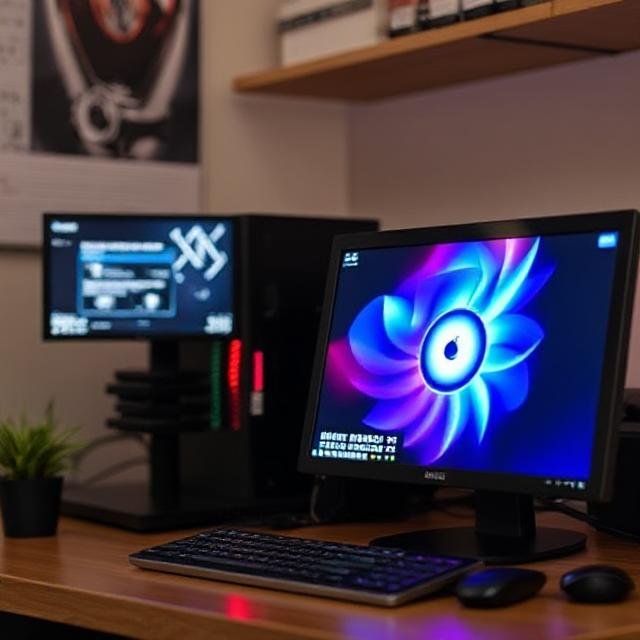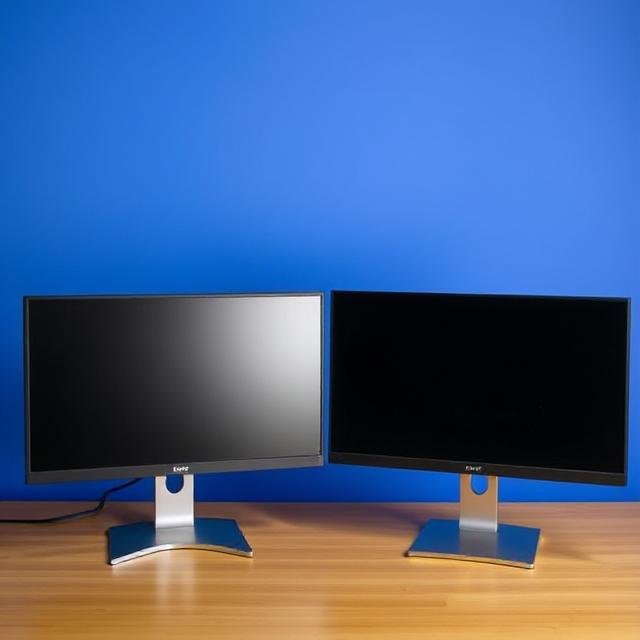
Why You Won’t See PCIe 6.0 SSDs in Your PC Before 2030
According to Wallace C. Kuo, CEO of Silicon Motion — a leading independent developer of SSD controllers — PCIe 6.0 x4 SSDs won’t be available for consumer PCs until at least 2030 . These next-generation drives are expected to offer nearly double the bandwidth of PCIe 5.0, reaching up to 32 GB/s , but their arrival is being delayed due to high costs and technical complexity.
Moreover, major chipmakers like AMD and Intel don’t seem to be in a rush to support PCIe 6.0 on their platforms anytime soon, which further pushes back the timeline for widespread adoption.
In the past, high-end GPUs and solid-state drives for enthusiast PCs were among the first components to adopt new PCIe versions shortly after their official release. But with PCIe 6.0 , things are different. The increased complexity of implementing the new standard has significantly slowed its adoption across both enterprise and consumer markets.
One of the main reasons holding back PCIe 6.0 in the client PC space is cost — along with the fact that PCI-SIG hasn’t yet completed full interoperability testing for the specification. Until those hurdles are cleared, widespread support remains unlikely.
As data transfer speeds climb with each new PCIe generation, physical limitations become more pronounced. Signal loss, noise, and impedance issues restrict how long copper traces on a motherboard can be between the processor and connected devices. For example, at PCIe 4.0 speeds (16 GT/s), traces can stretch up to 11 inches with a 28 dB loss budget . But at PCIe 6.0’s blazing 64 GT/s , that maximum trace length drops dramatically to just 3.4 inches , even with a slightly higher 32 dB budget — and that’s assuming optimal PCB materials and conditions, as outlined in a presentation by Astera Labs.
While these constraints may still work for internal SSDs in laptops — especially if manufacturers use premium, low-loss materials (which naturally increases costs) — they pose a much bigger challenge for desktop systems. Modern ATX motherboards, particularly those used in high-end gaming or workstation builds, often rely on riser cards to mount graphics cards vertically. These setups require longer, more flexible connections, which PCIe 6.0’s current physical limitations struggle to support.
In the data center world, companies are already using PCIe 6.0 retimers to overcome signal integrity challenges. However, this solution comes with a steep price tag — making it impractical for mainstream consumer PCs.
So while the consumer market will eventually find ways to make PCIe 6.0 work without relying entirely on expensive hardware upgrades, for now, PCIe 5.0 remains the standard for the foreseeable future .





